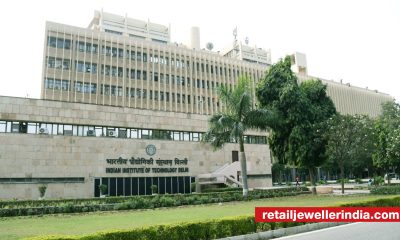RJ Market Watch
GIA unveils Diamond Origin Report for Indian Market at IIJS 2019

The Gemological Institute of America is geared up to launch Diamond Origin Report in Indian Market. Launched in June 2019 at JCK Las Vegas show, the GIA Diamond Origin Report service has received positive responses from miners, manufacturers and retailers.
The GIA Diamond Origin Report uses scientific evaluation to provide confirmation of a diamond’s geographic origin. As the world leader in gemmological research, GIA is uniquely able to leverage more than 60 years of scientific research, knowledge and technology to match polished diamonds to their original rough. It is the latest major industry player to address diamond traceability this year.
The Retail Jeweller (TRJ) in conversation with Tom Moses (Executive Vice President and Chief Laboratory and Research Officer, GIA) to get an insight into the Diamond Origin Report and the industry response.
The Retail Jeweller (TRJ): Why did GIA introduce the Diamond Origin Report?
Tom Moses (TM): In recent years, there has been a growing demand for transparency and traceability in the diamond industry. Consumers want to know the origin of products and their socio-economic and environmental impact.
TRJ: GIA introduced the Diamond Origin Report earlier this year. How’s been the industry response so far?
TM: The response has grown month by month. Not just the manufacturers and retailers, but also consumers are keen to trace the origin of their diamonds.
TRJ: How is GIA’s Diamond Origin Report different from other provenance programmes?
TM: In order to receive a Diamond Origin Report, companies have to first submit the rough to GIA in sealed packets with Kimberley Process certificate and other documentation. GIA will examine the rough and record data about it. When the resulting polished diamond comes in for grading, GIA will use scientific matching of the polished diamond to its original rough and issue the Diamond Origin report. This provides independent confirmation of the origin information provided by the miner.
TRJ: Does GIA plan to offer finished jewellery grading reports?
TM: Accurate and consistent grading of color and clarity requires consistent and standardized conditions. As the appearance of mounted diamonds can be influenced by the jewellery piece, it is not possible at this time to provide a full 4Cs assessment of a mounted diamond.
TRJ: GIA recently announced a cut in the grading report fees. What is the Institute’s rationale behind this decision?
TM: The reduction in fees is specifically for the small carat diamonds (from 0.30 to 0.49 carats). It will be in effect through October 15, 2019. One of the main purposes of our reports is to protect consumers. Due to the challenges facing the industry, we are issuing fewer reports than normal. The purpose of the reduced fees is to stimulate submission so that we can continue to deliver on our mission to ensure public trust in gems and jewellery.
TRJ: There is a slowdown in the diamond industry globally. What are your expectations for the rest of the year?
TM: The industry is cyclical; it is important that we proceed with caution. We expect that we will continue to do our best to advance our mission and that we will continue to provide timely and useful laboratory services to our clients.
Courtesy: Retail Jeweller India News Service

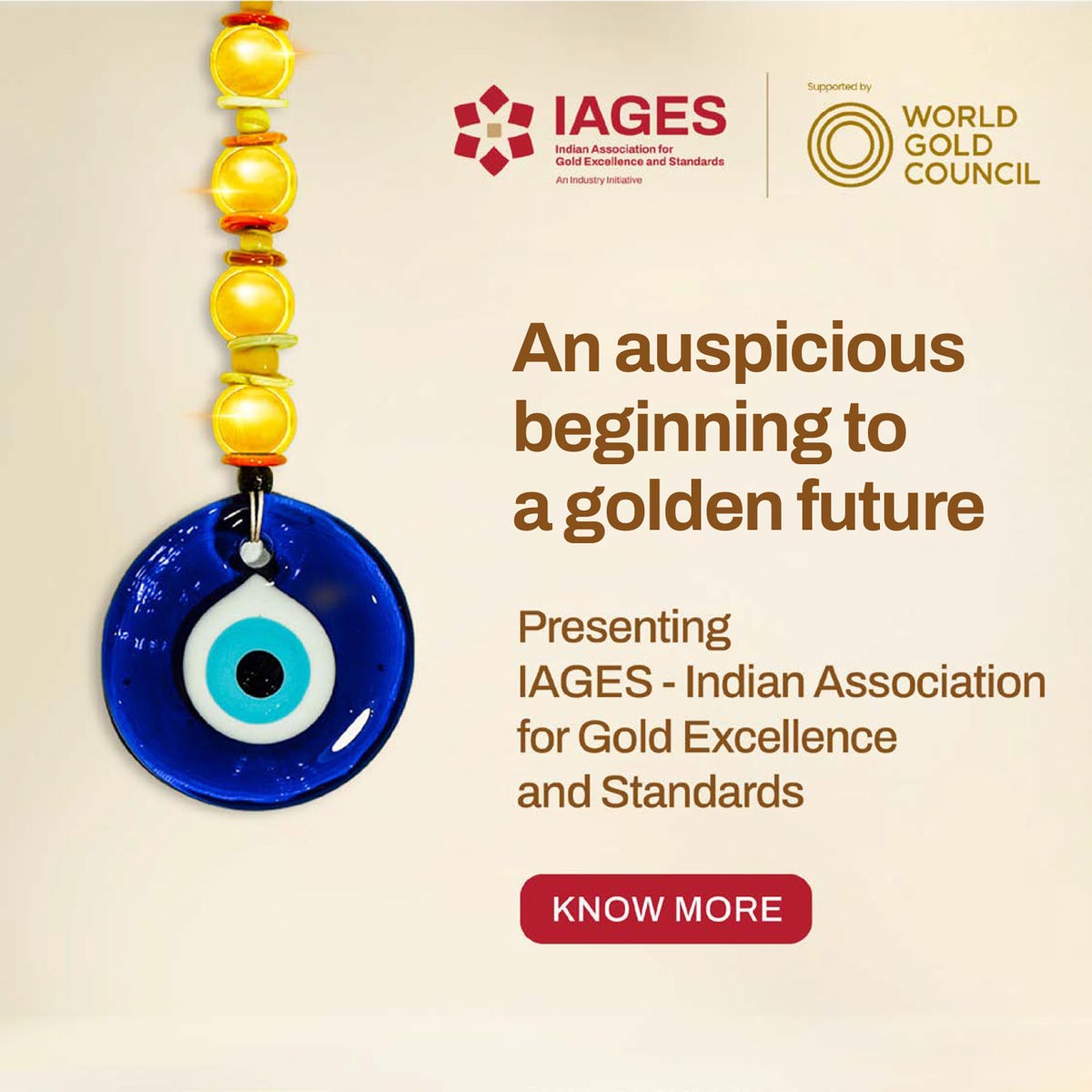
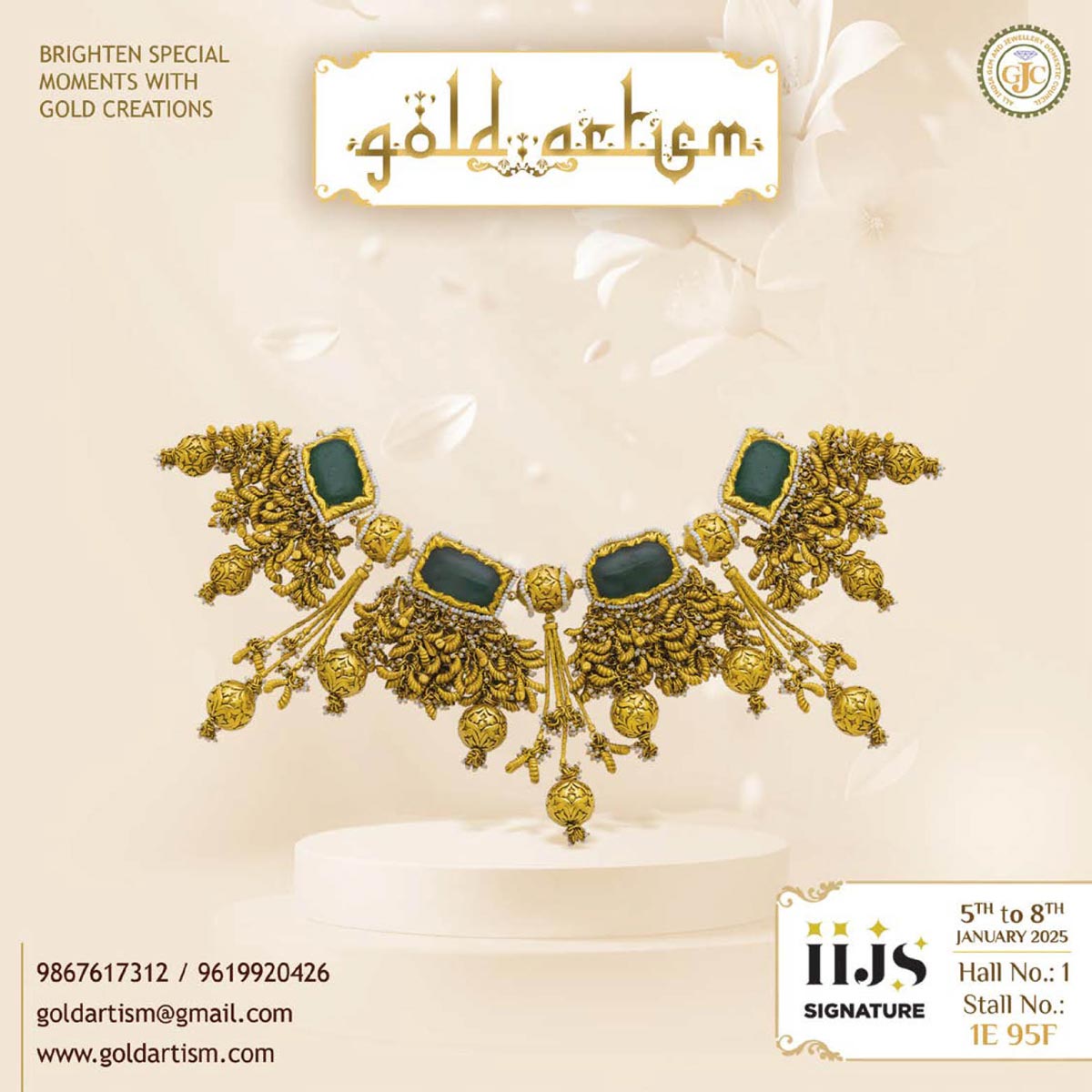
-
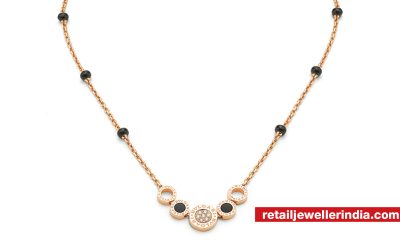
 Daily News2 months ago
Daily News2 months agoBvlgari adds designs to its pathbreaking mangalsutra collection ahead of wedding season
-
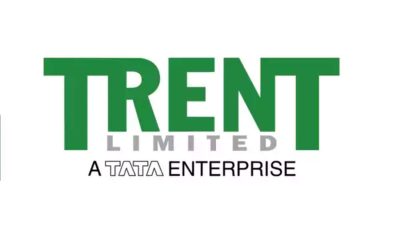
 Daily News2 months ago
Daily News2 months agoTrent, a TATA subsidiary, launches lab-grown diamond brand ‘Pome,’ shares surge 7.67%
-

 Daily News2 weeks ago
Daily News2 weeks agoMalabar Gold & Diamonds launches ‘Heritage Show’ in Mangalore, featuring jewellery inspired by Maharanis
-

 Daily News3 weeks ago
Daily News3 weeks agoSavji Dholakia’s visionary water conservation project ‘Bharatmata Sarovar’ reinforces commitment to sustainability








